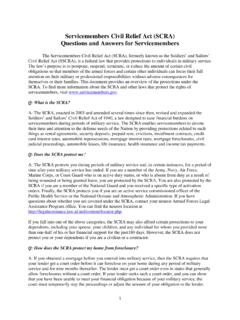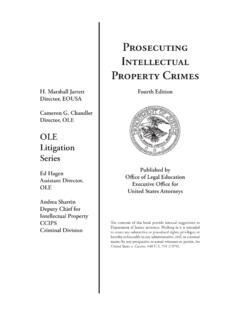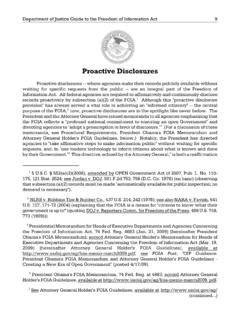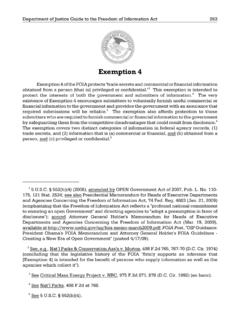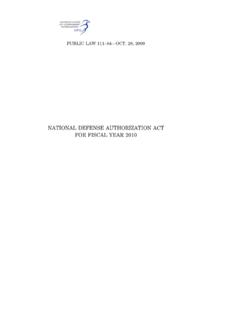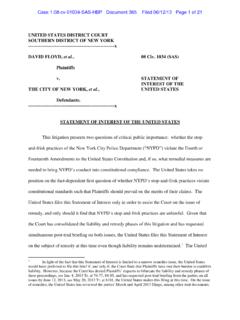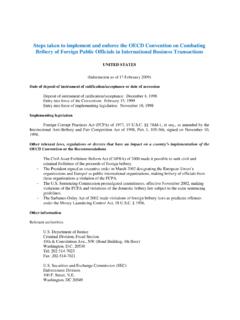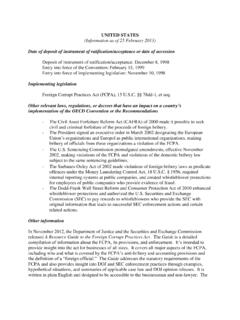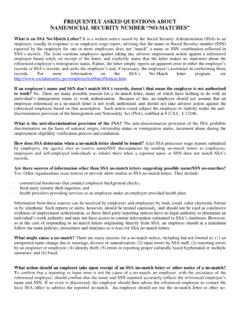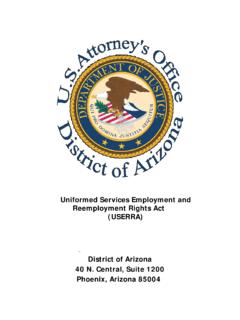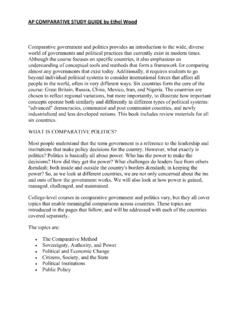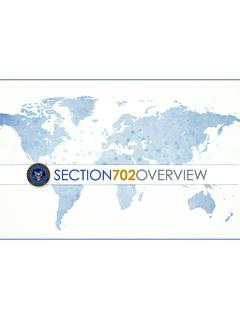Transcription of A guide to the United States Constitution
1 A guide to the United States Attorney s Oflce - District of MinnesotaKnow Your RightsMessage from the AttorneyFellow Citizens:For more than 200 years, the Constitution of the United States has been a working document, maintaining the original principles upon which our nation was founded while, at the same time, changing with the country, as reflected in its amendments. While the Constitution itself outlines the basic structure of the federal government, its twenty-seven amendments address many subjects but primarily focus on the rights of individual American citizens. This booklet outlines those rights , offering historical context and other information that is both interesting and continued vitality of our democracy is dependant upon an informed citizenry.
2 Understanding the history of the Constitution and its amendments will assist all of us in more fully appreciating these rights and responsibilities as they have evolved over time. Moreover, such understanding will ensure that these rights will continue to be exercised, valued, and cherised by future James Monroe stated at the founding of our country that [i]t is only when the People become ignorant and corrupt, when they degenerate into a populace, that they are incapable of exercising their sovereignty. Let us, by all wise and constitutional measures, promote intelligence among the People, as the best means of preserving our liberties .
3 This publication is provided as just one source of what we hope will be a continued education as to the liberties we all hold so dear. Thank Todd AttorneyDistrict of Minnesota Table of ContentsBill of RightsBill of rights 1 The First Amendment 2 Freedom of Religion 2 Freedom of Speech & Press 4 Freedom to Petition & Assemble 6 The Second Amendment
4 7 Right to Bear Arms 7 rights of the Accused 9 Other Amendments in the Bill of rights 11 Beyond the Bill of RightsReconstruction Era 13 Civil War Amendments 14 Civil rights Movement 15 The Fifth & Fourteenth Amendment 17 Equal Protection 17 Japanese Internment 18 Immigration & Citizenship Timeline 20 Due Process 21 Voting rights 23 Other Resources
5 25 Page 1 Bill of RightsAs originally ratified, the Constitution primarily addressed the structure of the government and provided for few individual liberties . Instead, they were set forth later in the Bill of rights , comprised of the first ten amendments to the Constitution . A bill of rights was demanded by many States in return for their ratification of the Constitution , which they felt needed to outline individual liberties as well as government structure. As a result, the Constitution began its evolution as soon as it was ratified and continues to be changed through amendments based on the will of the people and the interpretation of the Supreme Court.
6 Nonetheless, the fundamental principles on which this country was founded remain at the core of this document more than 200 years later. Incorporation of the Bill of RightsThe Bill of rights remained little more than an empty promise of individual freedom until 1803, when the Supreme Court held in Marbury v. Madison that it had the authority to strike down legislation it found unconstitutional. Even then, the amendments applied only to the federal government and failed to bind individual States until the late 1890s, when the Doctrine of Incorporation began to take a series of decisions beginning in 1897, the Supreme Court held that the Fourteenth Amendment ensured that portions of the Bill of rights were enforceable against the States and not just the federal government.
7 One by one, rights have been enumerated by the Supreme Court as worthy of constitutional protection regardless of whether governmental interference is the result of state or federal action. Such rights are said to be incorporated against the States through the Fourteenth Amendment. Chicago, Burlington & Quincy Railroad v. City of ChicagoProtection against taking private property without fair compensation Gitlow v. New Yo r kFreedom of speechNear v. MinnesotaFreedom of pressDeJonge v. OregonFreedom of assemblyGideon v. WainwrightRight to assistance of counselMapp v. OhioProtection against unreasonable search and seizureMcDonald v.
8 ChicagoRight to keep and bear armsRights Incorporated by the Supreme Court 1897 1925 1931 1937 1940 1961 1963 2010 Cantwell v. ConnecticutFreedom to exercise religionI confess that there are several parts of this Constitution which I do not at present approve, but I am not sure I shall never approve of them. For having lived long, I have experienced many instances of being obliged by better information, or fuller consideration, to change opinions even on important subjects, which I once thought right, but found to be otherwise. -Benjamin FranklinPage 2 Why does it matter?
9 According to Thomas Jefferson, the First Amendment builds a wall of separation between church and state. That separation was key to early American settlers because religious wars were ripping Europe apart during the 16th and 17th centuries. Almost every nation had an established church, and people who did not join were denied rights and often banished, jailed, tortured, or murdered. Unfortunately, early American colonies also established official churches funded by the tax dollars of residents, even if they were not members of the church. Minority religious groups were routinely excluded from the community, either by law or violence.
10 By the time of the American Revolution, the religious revival known as the Great Awakening had prompted an outbreak of new religious groups. The increased diversity gradually led to more religious tolerance in the colonies. When the Constitution was written, freedom of religion was considered an essential right, necessary for maintaining a free society, and worthy of the utmost does it mean today?The founding fathers supported the separation of church and state to protect religion from political corruption and to protect government from religious interference. Nonetheless, throughout American history, freedom of religion has been contested in a variety of contexts.
